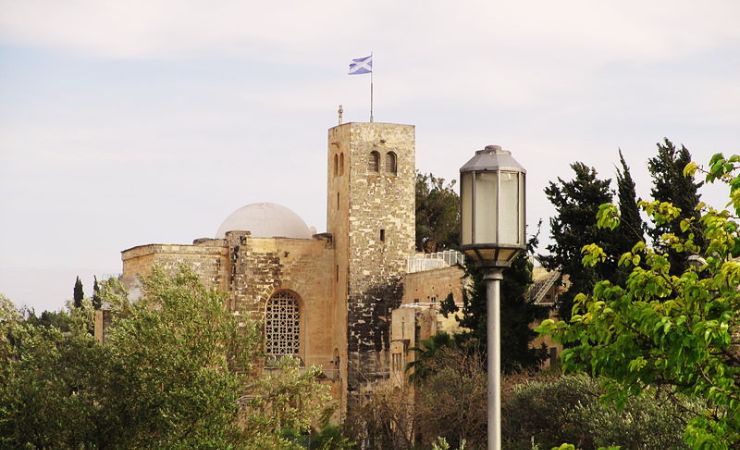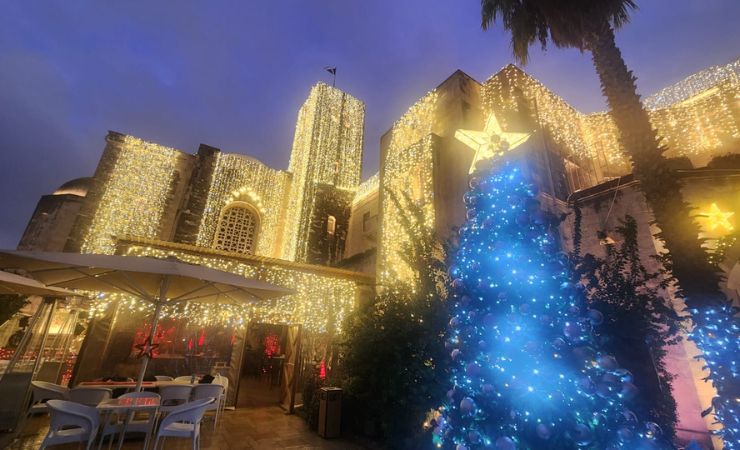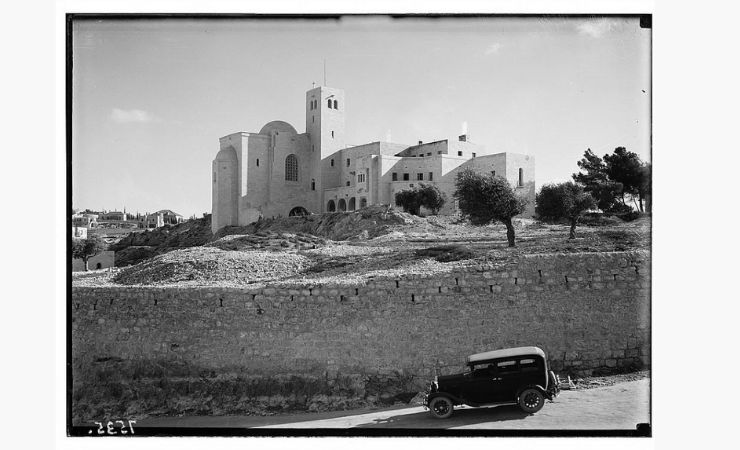A Scottish Touch in Jerusalem: The Scots Memorial Church (St. Andrew's)
In the heart of Jerusalem, a city known for its rich history and diverse culture, stands a unique testament to Scottish heritage: The Scots Memorial Church. The Scots Memorial Church, also known as St. Andrew’s Church, stands as a tribute to the Scottish soldiers who lost their lives during the Sinai and Palestine campaign of World War I, marking the end of the Ottoman rule over Palestine.


Location
Nestled southwest of Mount Zion, the Scots Memorial Church offers a panoramic view of Jerusalem’s skyline. Its strategic location provides easy access to the city’s main attractions, making it a convenient stop for travelers.
Historical Context
The idea of constructing this memorial church was championed by Ninian Hill, an Edinburgh shipowner and Church elder. The foundation stone was laid by Field Marshal Lord Allenby on 7 May 1927, and the church officially opened its doors in 1930 with Ninian Hill serving as its inaugural minister1.
During the British Mandate period, the church was frequented by Scots serving in the Mandate administration and soldiers from Scottish Regiments stationed in Palestine, including those who served during the Second World War1.
The church’s history is also marked by the wars of 1947-1948 and 1967. In 1948, the church found itself on the front line of hostilities. The minister at the time, William Clark Kerr, showed immense dedication by staying in the church throughout this tumultuous period, ringing the church bell, and conducting Sunday services1. The building still bears the scars from the Six-Day War of 19671.




Architectural Marvels of the Scots Memorial Church
Above the church’s bell tower you will notice the Scottish flag. The cross on the flag appears as an X which, according to tradition, is the way St. Andrews was crucified.
The church’s architectural design is the brainchild of British architect Clifford Holliday. Its silhouette, reminiscent of a Highland castle, offers views of the Hinnom Valley, the Old City walls, and Bible Hill. The Scots Memorial Church (St. Andrews) beautifully blends Western and Eastern architectural elements. It boasts details reminiscent of Crusader-style architecture, complemented by Armenian decorative tiles prepared by a local Armenian craftsman in 1927.
The stained glass windows are a marvel in themselves, crafted with blue Hebron glass set in stucco panels. These windows are designed in an Art-Deco geometric fashion, merging the Latin cross with the Scottish Saint Andrew’s cross.
An intriguing feature inside the church is a plaque set in the floor in front of the communion table. This plaque is dedicated to King Robert Bruce, who had expressed a dying wish to have his heart buried in Jerusalem. His comrade-in-arms, Sir James Douglas, tried to fulfill this wish but fell in battle in Spain. Consequently, Bruce’s heart and Douglas’ remains were returned to Scotland
Sources and Additional Reading
St Andrew’s Church, Jerusalem – Wikipedia
Life and Work
Bible Walk – St. Andrews Church
Nearby Sites
Mount Zion: Mount Zion is a symbol of the city’s biblical history. It offers panoramic views and is home to several religious landmarks, including the Tomb of King David, the Room of the Last Supper, The Zion Gate, The Roman Cardo, the Broad Wall, and more.
Jaffa Gate: This portal is one of the gates into the Old City of Jerusalem and one of its main entrances.
- Katef Hinnom: A burial site from the era of the First Temple, it holds significant archaeological and historical importance.
Mishkanot Shaananim: Jerusalem’s pioneering Jewish neighborhood outside the Old City walls in 1860.



